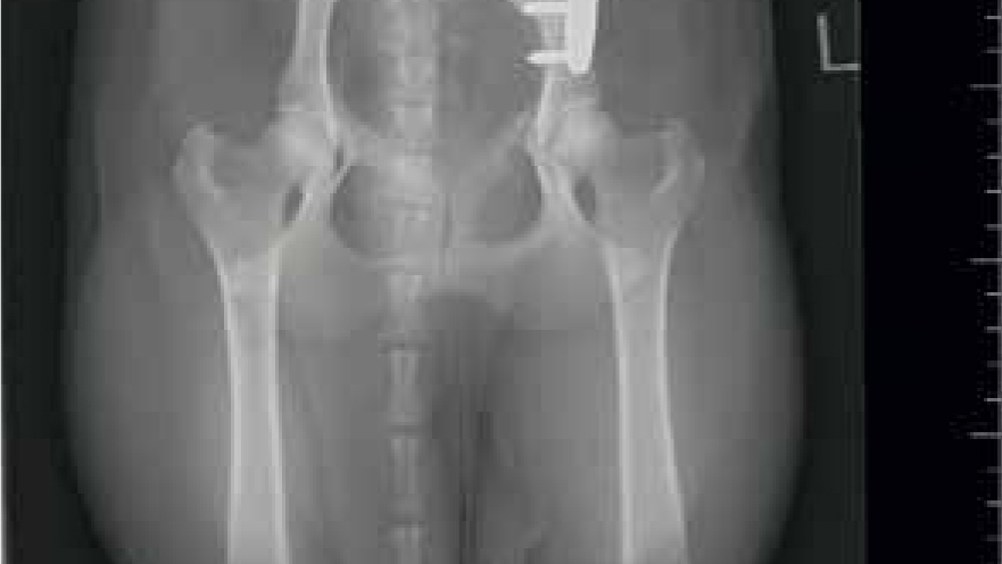References
Surgical treatment options for hip dysplasia

Abstract
Hip dysplasia is thought to be the most commonly diagnosed orthopaedic condition in dogs. There are both conservative and surgical treatment options available to the owner and there will be a number of factors which will be involved in their decision making. This article will focus on the surgical treatment options, giving the veterinary nurse (VN) the knowledge of the options available and what is involved, in order that the VN can help the owner in their decision and, if applicable, the VN has the knowledge to be able to work within the surgical team when performing these surgical procedures
Hip dysplasia (HD) is thought to be the most commonly diagnosed orthopaedic condition in the dog and, although primarily genetic, environmental factors can have a great bearing on the severity of the disease (Smith et al, 2012).
HD was defined by Henrigson et al (1966) as ‘a varying degree of joint laxity of the hip joint, permitting subluxation during early life, giving rise to varying degrees of shallow acetabulum and flattening of the femoral head, finally, inevitably leading to osteoarthritis’.
Joint laxity refers to the instability which occurs during weight bearing which then leads to subluxation of the femoral head (Smith et al, 2012). In order to create a normal hip joint there needs to be normal load present between the femoral head and the acetabulum. In the dyplastic hip, the constant subluxation of the femoral head from the acetabulum leads to more mechanical load concentrated on the dorsal acetabular rim which in turn will then effect development and can lead to problems such as microfractures of the acetabulum (King, 2017). Osteoarthritis (OA) follows secondary to hip dysplasia due to the ongoing effects of joint laxity if left untreated. In the young dog, in-flammation of the hip joint capsule, abnormal wearing of cartilage and microfractures of the acetabular rim (from the repetitive abnormal load) contribute to the signs of OA (Fries and Remedios, 1995). Although OA cannot be cured, HD can be treated before it progresses to OA.
Register now to continue reading
Thank you for visiting The Veterinary Nurse and reading some of our peer-reviewed content for veterinary professionals. To continue reading this article, please register today.

